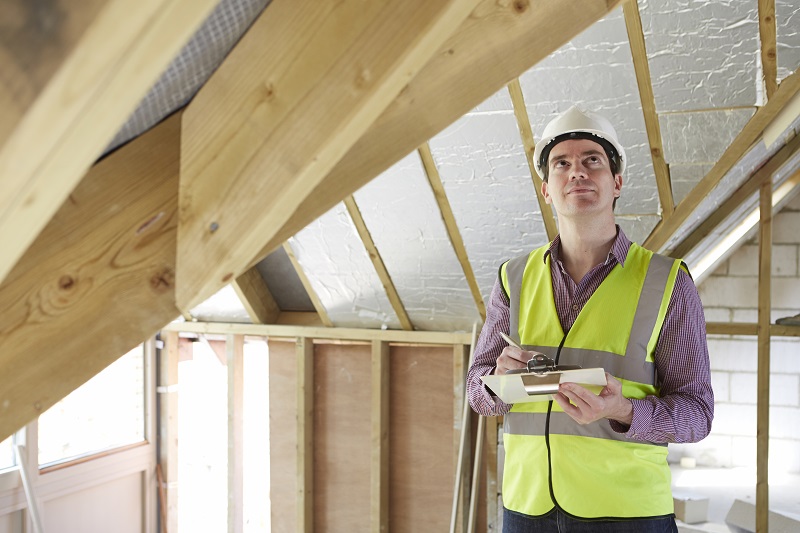Independent certification of homes
Contents |
[edit] Introduction
Achieving standards above minimum requirements can lead to positive outcomes for home occupiers. It is important to ensure these standards are realised in construction (not just in planning and design) and that they are communicated to the home occupier to ensure they understand the full potential of their home.
This applies to most certification schemes, whether it be BREEAM, HQM (Home Quality Mark), Passivhaus, LEED or WELL. While they measure varying aspects and in differing ways, they provide a degree of rigour and comparability in evidence and methodology. Independent, accredited certification can give a benefits for a range of stakeholders to help give them confidence in what is better, and facilitating robust and credible comparisons.
[edit] Home occupiers
Certification provides reassurance, trust and the ability to compare between different homes. With a certificate in place the home occupier can have much greater confidence in the performance of their home, knowing that claims about quality, savings and benefits have been independently verified. This empowers them to make better choices: If two apparently identical houses are available but one has an independent certificate backing up the claimed performance and the other does not, it is it is more likely the certified property will be chosen.
[edit] Developers
The main benefit to developers is differentiation of product against competitors. This can become a key marketing tool in drawing out the benefits of their particular offer.
Passivhaus achieves higher than 90% approval ratings by occupiers. In a survey carried out for HQM, more than 70% of respondents said they would be happy to pay over £750 extra (on a home valued at £300,000) for a certificate demonstrating its overall quality and sustainability.
[edit] Financial sector, health sector, land owners, planners, and so on
Certification also provides evidence for many other sectors. For example, it provides the financial and insurance sector with an additional tool for determining and managing risks. In turn this provides additional reassurance for investment decisions. If such a decision is to be made between two developers, who are building outwardly identical homes, but one is certified, accreditation is likely to add confidence. With growing costs, and reducing budgets in the health sector, certification can also help give reassurance about what developments to encourage.
[edit] Construction industry
Whole house certification and standards also provide the construction industry and its supply chains a number of benefits.
Firstly standards that improve on minimum requirements provide a framework to drive forward the quality and performance delivered by industry. As many certification schemes are linked to research bodies, the income generated from certification helps to fund further research. BREEAM, HQM (and in the past the Code for Sustainable Homes) provide funding to the BRE Trust, which in turn helps fund research.
Furthermore, certification can help pave the way to future regulation, or make it clear that regulation is not appropriated. It can help build the case, by providing evidence and also ways in which it can be measured. If leading developers in industry are already building to higher [voluntary] standards, this learning and product development makes it much cheaper for the rest of industry when (and if) higher standards are integrated into regulations.
This article was originally published by BRE by The value of independent certification of homes. It was first written for UKGBC’s Task Group Report: Health and Wellbeing in Homes.
--BRE Buzz
[edit] Find out more
[edit] Related articles on Designing Buildings Wiki
Featured articles and news
Professional practical experience for Architects in training
The long process to transform the nature of education and professional practical experience in the Architecture profession following recent reports.
A people-first approach to retrofit
Moving away from the destructive paradigm of fabric-first.
International Electrician Day, 10 June 2025
Celebrating the role of electrical engineers from André-Marie Amperè, today and for the future.
New guide for clients launched at Houses of Parliament
'There has never been a more important time for clients to step up and ...ask the right questions'
The impact of recycled slate tiles
Innovation across the decades.
EPC changes for existing buildings
Changes and their context as the new RdSAP methodology comes into use from 15 June.
Skills England publishes Sector skills needs assessments
Priority areas relating to the built environment highlighted and described in brief.
BSRIA HVAC Market Watch - May 2025 Edition
Heat Pump Market Outlook: Policy, Performance & Refrigerant Trends for 2025–2028.
Committing to EDI in construction with CIOB
Built Environment professional bodies deepen commitment to EDI with two new signatories: CIAT and CICES.
Government Grenfell progress report at a glance
Line by line recomendation overview, with links to more details.
An engaging and lively review of his professional life.
Sustainable heating for listed buildings
A problem that needs to be approached intelligently.
50th Golden anniversary ECA Edmundson apprentice award
Deadline for entries has been extended to Friday 27 June, so don't miss out!
CIAT at the London Festival of Architecture
Designing for Everyone: Breaking Barriers in Inclusive Architecture.
Mixed reactions to apprenticeship and skills reform 2025
A 'welcome shift' for some and a 'backwards step' for others.























